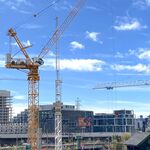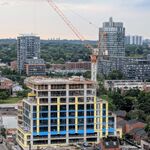Rainforest
Senior Member
Maybe they will be building the Eglinton West subway from Eglinton West to Keele, and the Sheppard subway to STC. A sort of focus on finishing what was started and subways.
Metrolinx might be pushing for the Eglinton line that reaches further west, up to the Mississauga border and Pearson. Even though they cut that section when Miller was in Mayor's chair, now they are eager to assert their regional mandate, and the western extremity of Eglinton line is the only major regional connection they can defend at this time.
Also, it would be easier for them to use LRT vehicles at this point - to avoid redesigning the tunneled section, and to preserve part of the already placed LRV order - even if the line will be fully grade separated.
Last edited:




